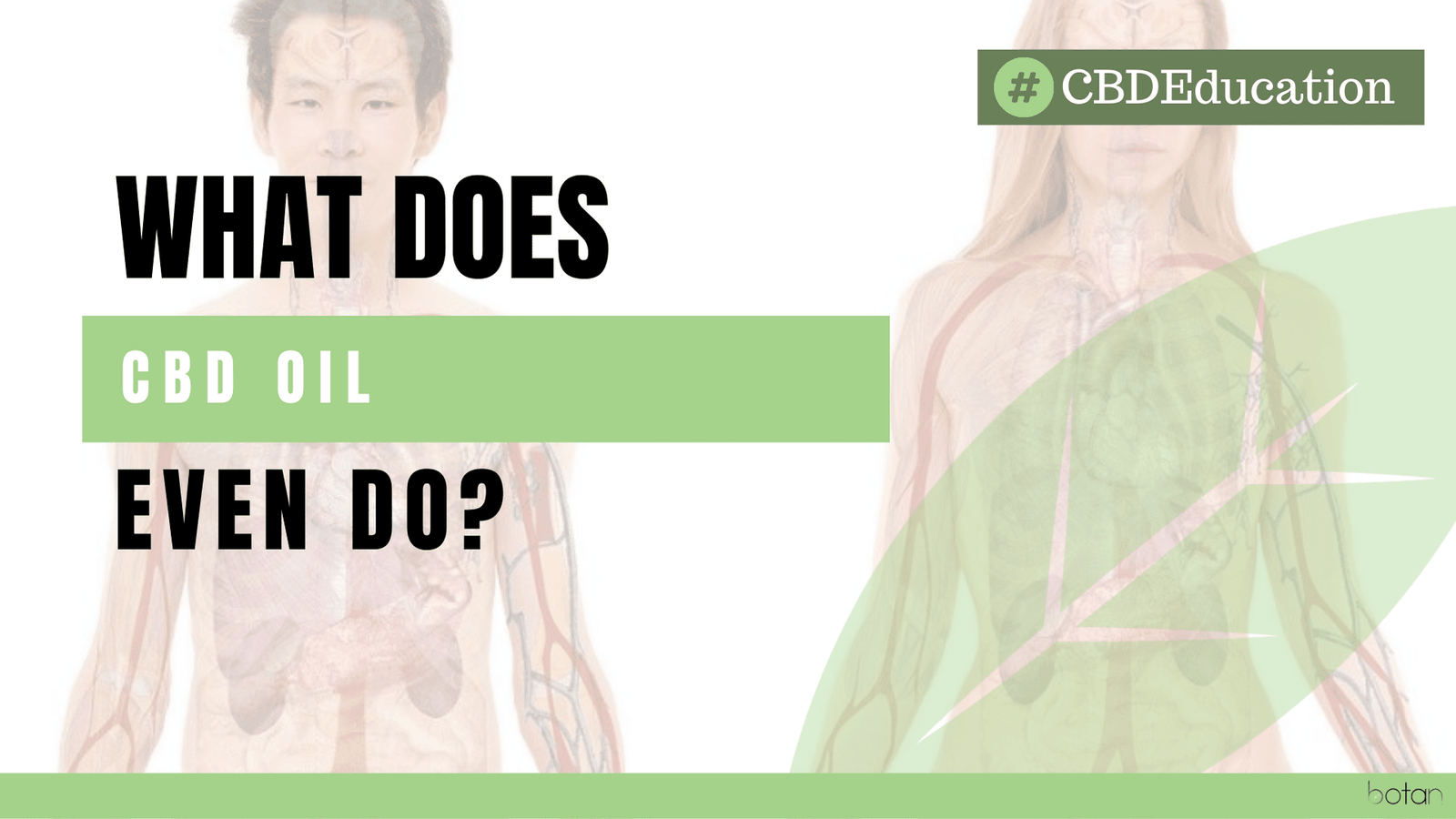Your Cart is Empty
ALL ORDERS WILL BE INVOICES THROUGH SQUARE - USE CODE SQUARE FOR 30% OFF YOUR ORDER TODAY!
ALL ORDERS WILL BE INVOICES THROUGH SQUARE - USE CODE SQUARE FOR 30% OFF YOUR ORDER TODAY!
ALL ORDERS WILL BE INVOICES THROUGH SQUARE - USE CODE SQUARE FOR 30% OFF YOUR ORDER TODAY!

November 30, 2022 4 min read
CBD oil has exploded in popularity, especially as of the last few years. According to Grand View Research, the CBD industry has only gotten bigger since 2014 where it was valued at $548 million. Some reports value the industry to be with $20 billion by 2024.
Many health and wellness trends grow at astonishing rates and then plateau or drop off completely, never to be heard or seen from again. This can be seen with various kinds of diets, wellness shakes, detox teas and supplements, and more obscure things like waist trainers. And even if some of those thingsare healthy for us, the trend simply dies down. Many people are hesitant to try CBD because of this. Will this plant-based therapy be just another fad that comes and goes, what does CBD oil do for us? And what is the science behind it?
Unlike some previous health and wellness trends, CBD has decades of credible science and research to back up its potential therapeutic benefits. CBD has been studied since 1940 when organic chemist Roger Adams first identified and isolated CBD from the cannabis plant. Adams reportedly risked his scientific career and reputation for supporting and participating in cannabis research but pressed on. The first documented instances of cannabis being used for medicinal benefits date back to 2,700 B.C. with the Chinese Emperor Shen Nung. A 2,700-year-old grave of a shaman was discovered and it contained a large amount of cannabis. Interestingly enough, the cannabis was perfectly preserved and intact due to climate and burial conditions.
Since Adams’ breakthrough and discovery in 1940, CBD has been the subject of countless studies and various pieces of research. In the 70s, there was a boom in the amount of research being conducted exploring the use of CBD for various conditions but became stable over the next two decades. Hemp was federally illegal and considered a Schedule I substance in the United States up until 2018 when the 2018 Farm Bill was passed. The legalization of hemp paved the way for more CBD research and anecdotal evidence.
Since that time, we have also learned about a crucial system in our body: the endocannabinoid system. The endocannabinoid system is made up of various receptors, and these receptors are located all over our bodies. They can be found in the brain, the spine, the nervous system, our vital organs, etc. These receptors are perfectly designed to receive cannabinoids such as CBD, as well as the naturally-occurring cannabinoids that already exist in our bodies. These receptors and the cannabinoids work together upon meeting to promote a balanced sense of being and improved wellness. The endocannabinoid system is well-documented and has been studied for decades. The University of California Los Angeles says “Endocannabinoids are arguably one of the most widespread and versatile signaling molecules known to man.”
So, exactly what does CBD oil do? That is the most unique thing about it - CBD’s options are virtually limitless. No two people use CBD in the exact same way or for the same reasons. Because of the way our endocannabinoid system is designed, it can target a variety of issues. CBD has been said to promote healthy sleep patterns, reduce anxiety in both children and adults, regulate emotions and stress levels, improve focus, and reduce inflammation. CBD can be taken a lot of different ways, such as an oil or a capsule.
One of the most prominent reasons people use CBD is for seizures, especially in children. CBD has been widely studied as an anti-seizure therapeutic. It is ideal for children because unlike medical marijuana, THC is absent from all hemp-derived CBD products and does not create any psychoactive effects or a high.
One study published in 2017 reads, “Evidence concerning the potential anti-seizure efficacy of cannabinoids reached a turning point in the last 12 months, with the completion of three high-quality placebo-controlled adjunctive-therapy trials of a purified CBD product in patients with Dravet syndrome and Lennox-Gastaut syndrome. In these studies, CBD was found to be superior to placebo in reducing the frequency of convulsive (tonic-clonic, tonic, clonic, and atonic) seizures in patients with Dravet syndrome, and the frequency of drop seizures in patients with Lennox-Gastaut syndrome. For the first time, there is now class 1 evidence that adjunctive use of CBD improves seizure control in patients with specific epilepsy syndromes.” This heavily supports the use of CBD as a possible anti-seizure therapeutic.
Inflammation is another common reason people turn to CBD. Inflammation can present itself in many different ways, through chronic pain, digestive disorders, skin-flare ups, etc. This study in particular used a high-CBD extract on mice models with inflammation in their digestive system. Researchers stimulated inflammation in the rodent digestive tracts and then administered the CBD. The study says that CBD “decreased the extent of the damage” in the colitis rodent models and reduced intestinal hypermotility. Researchers concluded with an acknowledgment of their support of CBD as a potential treatment for IBS patients.
If you have an area of your life you want to improve, CBD is worth a try. We recommend talking to a CBD-educated physician that knows your medical history before proceeding.
How are others using CBD in their daily lives? What recent news stories and articles are coming out about CBD? Sign up for our introductory email series. Oh, and you’ll get sweet discount codes.